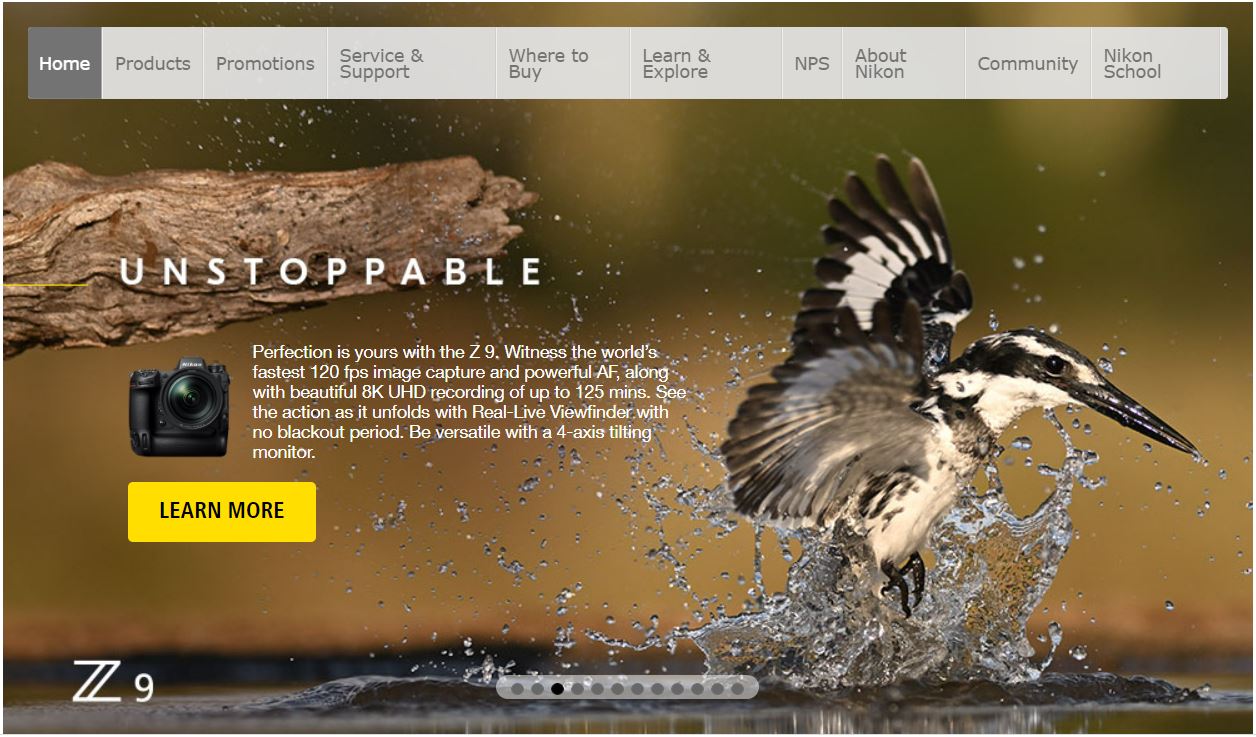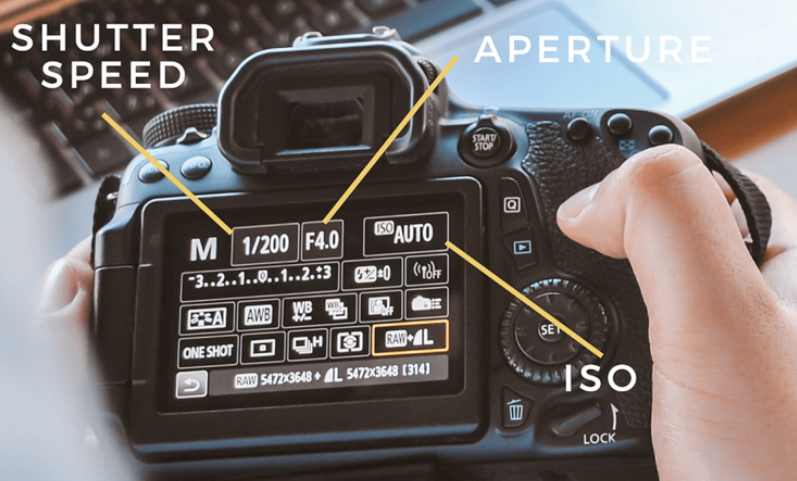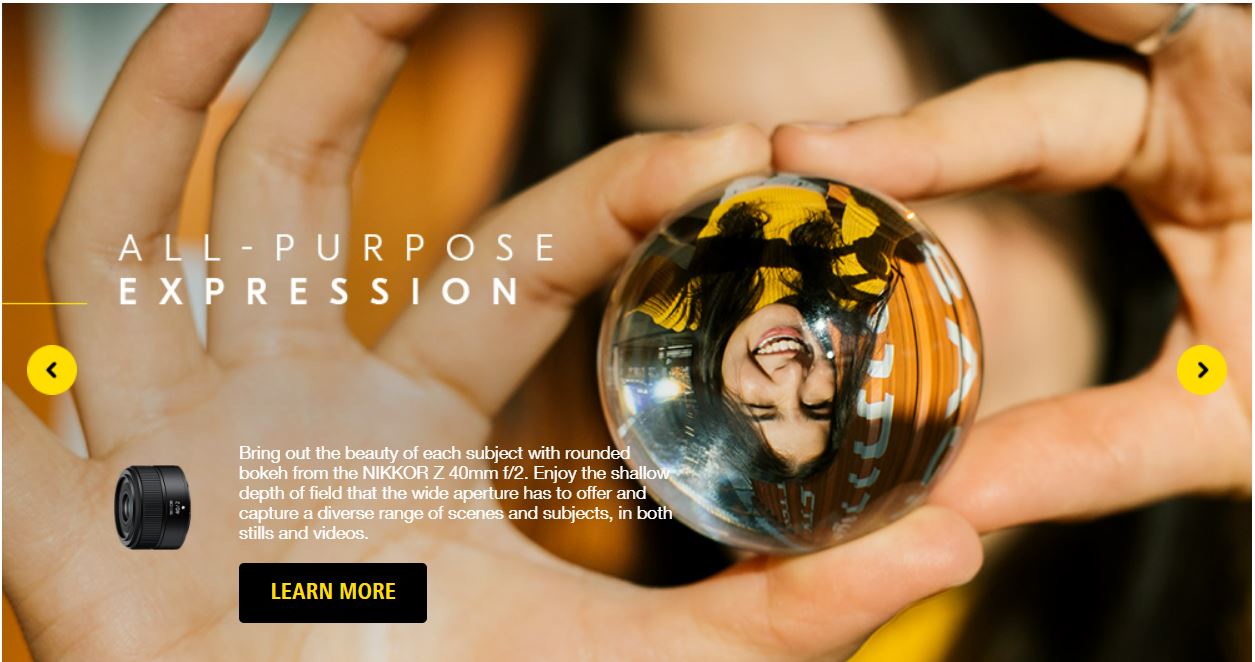Ways to change ISO on Nikon D3500 body, using the Nikon software and without having to open the camera case. No it’s not possible using the inbuilt menu system on the D3500. The closest you will get is a custom firmware where it does all of the ISO switching for you automatically using the firmware updater menu.
However for now the only option is to manually control it from a computer, but that may not be possible for you depending on your needs. You will need a computer or laptop with a USB port and driver installed to connect to the camera.
As for the ISO being in low-mid range (100-200) range
How to Change ISO on Nikon D3500 Manually
While shooting with the Nikon D3500 body attached to the the ISO range may be limited to Auto or Program (P) settings. to adjust the ISO range to an alternative setting using the D3500’s menu and Live View functionality. The following steps are provided for Windows-based PCs.
Note: The steps below are for Windows PCs. Macs have a menu option called Camera Menu for ISO adjustment.
Step 1: Adjust ISO Range on the D3500’s Settings Menu
Locate the following D3500 menu settings: Menu > Setup > D. Select the ISO range settings menu. A green icon for each ISO setting will appear in the Live View screen. The following figure shows the ISO settings menu.
Step 2: Set ISO Range
Locate the ISO range that you would like to use by following the instructions in the image below. You can choose Auto (A), P, Auto +/– or Manual (M) in the ISO range settings menu.
Step 3: Adjust ISO Range
Adjust the desired ISO range by selecting the green icon in the menu box for the desired ISO setting and pressing OK. If the ISO range setting for the desired ISO range is not available, you may have to wait while Nikon replaces the setting on the memory card.
Step 4: Repeat Steps 1 – 3 as Needed
Adjust the ISO range to the desired settings as many times as you like. You can adjust as many settings as you like, by following the steps above. You can set the desired ISO range to any of the ISO settings Auto, P, Auto +/– and Manual (M) in the ISO range settings menu.
Turn Off ISO Completely
Sensitivity Settings > Auto ISO Sensitivity Control > Off
See: Free NIKON Photography Classes
Why Change the ISO, Anyway
ISO is one of the three settings that I use in my photography. It is my preferred one because I can see the differences between each setting. But sometimes I don’t want to change the ISO setting to the lowest setting available and it might be too fast. I have read in different places that using high ISO could damage the image, the sensor and so on, so I don’t have that option.
When the Light Level is Low
The light level is really low. This is probably the worst situation when shooting with the ISO high, because you have to rely on your own hand to trigger the camera. The ISO is too high to use the shutter speed (and therefore the aperture) that you want. But you can use a wider aperture to get a smaller DOF.
What’s the best way to tackle this situation
- Use a fast shutter speed. The faster the better, as you will get blur with this. The best thing you can do is get into the habit of shooting a bit ‘faster’ (with a wider aperture and a higher shutter speed) than you normally would do. This way you won’t be bothered with the extra effort of holding the shutter release, focus, compose, release shutter, recompose, focus, recompose, release shutter, etc. and so on. Just simply use the shutter speed you want for the scene and compose! You can experiment with shutter speeds and different apertures to find the one you like best.
- You can either increase the ISO. But this will ‘eat’ some of the light, which is why the sensor isn’t getting enough light. Therefore the picture will look darker and more contrasty. Another solution is to increase the aperture or shutter speed so that you get enough light. In this case you won’t need to increase the ISO.
- Some cameras are equipped with an auto-ISO. This means that the camera adjusts the ISO automatically to get the exposure you want, based on the light level. I find this useful. It’s not very user friendly though. If you have the wrong setting, you won’t be able to control the camera’s ISO, which could make you do more work. Sometimes it also messes up the exposure and produces less than what you want.
- Get good light. If you can get good light, it’s very difficult to raise the ISO. But if it’s too dark, then you will have to raise the ISO (or the aperture).
What is Auto ISO
Auto ISO is one of the innovations made possible with digital photography. Using a digital camera’s IS is relatively easy to set and adjust, but auto ISO offers a more convenient and reliable solution. Many amateur photographers use Auto ISO without knowing what the technology behind the scenes is. It is very much like the automatic or continuous focus mode (AF-C) that is on most cameras, but without the actual focus work.
The term “Auto ISO” is not that clear. Most of the time, “Auto ISO” means that you don’t have to remember to adjust your ISO settings manually, but rather that the camera automatically adjusts them based on light conditions. When a picture isn’t going to look well under certain light conditions, the camera can raise the ISO level to “get the shot” before the quality suffers from too high of a contrast ratio. For the other side of the spectrum, the camera can also keep the ISO in the lower range when the light levels are high, so the picture has more detail in the darker areas. In other words, a good setting will be the one that makes it look great in both high- and low-light conditions. This is why knowing Auto ISO and all it’s settings can be so helpful.
Types of Auto ISO:
Continuous Auto ISO:This is when the camera takes pictures at a certain sensitivity and then automatically adjusts the ISO level up or down depending on the light level in the picture. This may or may not be based on the actual exposure settings in the camera, so be careful to not get too dark and lose detail!
Manual Auto ISO:This works the same as Continuous Auto ISO, except that you must raise or lower the ISO manually in order to get the picture you want. With the Auto ISO feature on your camera, your camera won’t let you take a picture unless it is able to shoot at the ISO level you want. If you don’t adjust the ISO manually, you will probably end up with a picture that looks dark and dull
See: our List for Best Vlogging Cameras
When Not to Use Automatic ISO for Your Camera?
Whether you’re recording video, shooting movies or just taking snapshots, you’ve probably noticed a setting that lets your camera automatically set the ISO speed. It’s called Auto ISO and it lets your camera automatically adjust the ISO for the type of light in the scene. By default, when you use it, your camera will automatically raise or lower the ISO depending on what kind of light you’re shooting in. In most cases, this isn’t a bad thing. Here are a few times when it’s better not to use Auto ISO.
When To Turn Off Auto ISO
- Don’t use Auto ISO in situations where you’re shooting video.
If you’re taking photos of people, don’t use Auto ISO. There are a few reasons why. First, if you do use Auto ISO, it makes it that much harder to keep your shutter speed constant. People move so quickly that changing the shutter speed can have a noticeable effect on the photos. For the same reason, don’t use Auto ISO with fast-moving subjects. In addition, you might find that you prefer taking photos in a specific style. If you use Auto ISO, you won’t be able to get the look and feel you want.
- What if you’re shooting stills in a well-lit, studio-style setting
In those cases, using Auto ISO can actually give you better photos. It depends on the quality you’re after, but in a lot of cases, the camera will set the ISO for you. If you’ve taken photos in that style before, you might have learned that a high ISO setting can make images too grainy. So if you want to add a little bit of grain to your image, Auto ISO will let you do that. That way you can get more control over how much grain your image has.
When you use Auto ISO, the camera will change the ISO to suit the lighting. And while that’s usually a good thing to learn on how to Change ISO on Nikon D3500.
FAQ on Change ISO on Nikon Cameras
Where is ISO on Nikon?
In the shooting settings menu of Nikon digital cameras, you can find the Auto ISO setting.
Is lower ISO always better?
A higher-quality shot is typically the outcome when using low ISO levels, such as 300 and below. Lower values are advantageous in bright situations, such as shooting outside on a sunny day. For instance, landscape photography benefits greatly from using low ISO settings.
What happens if ISO in too high?
An too high ISO will cause the picture to be overexposed. The aperture and ISO need to be balanced in this situation. Use the optimal exposure-producing shutter speed and the base ISO setting.



